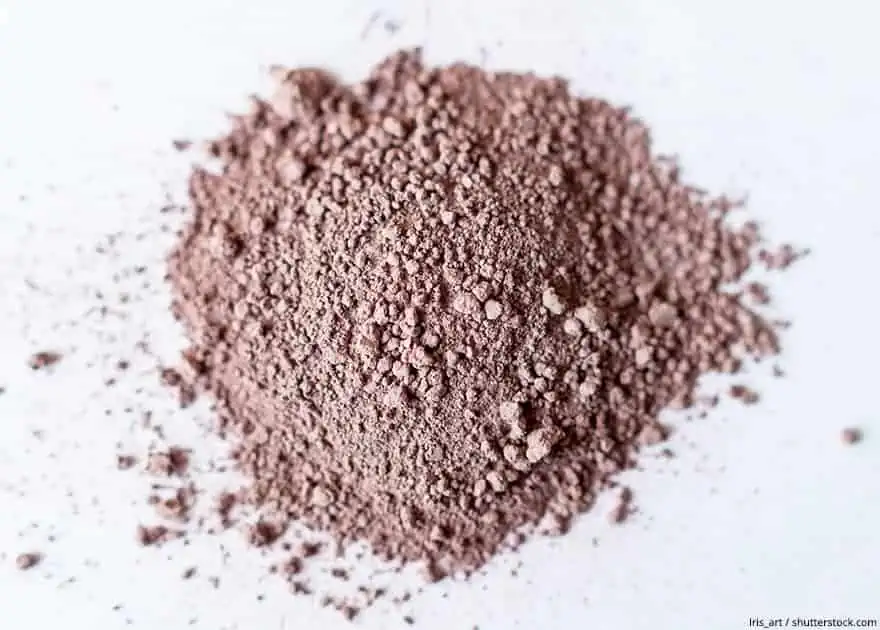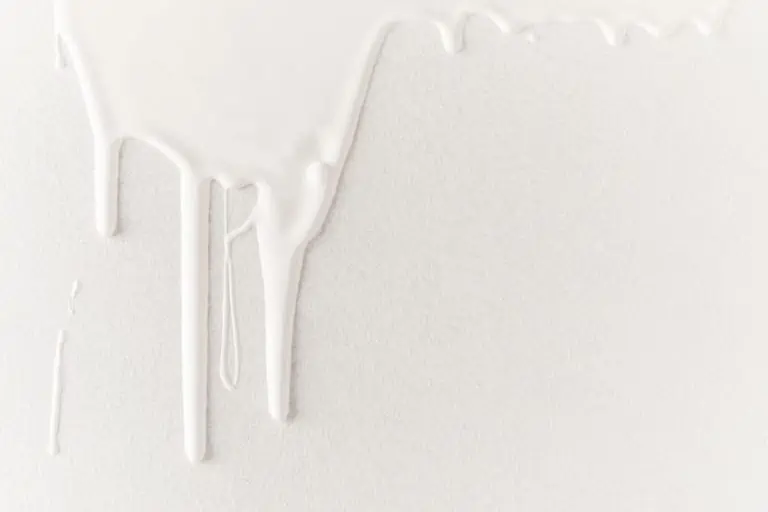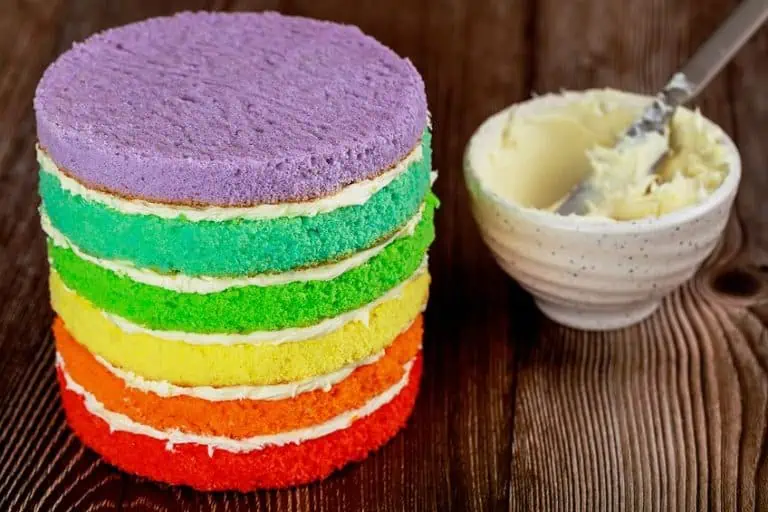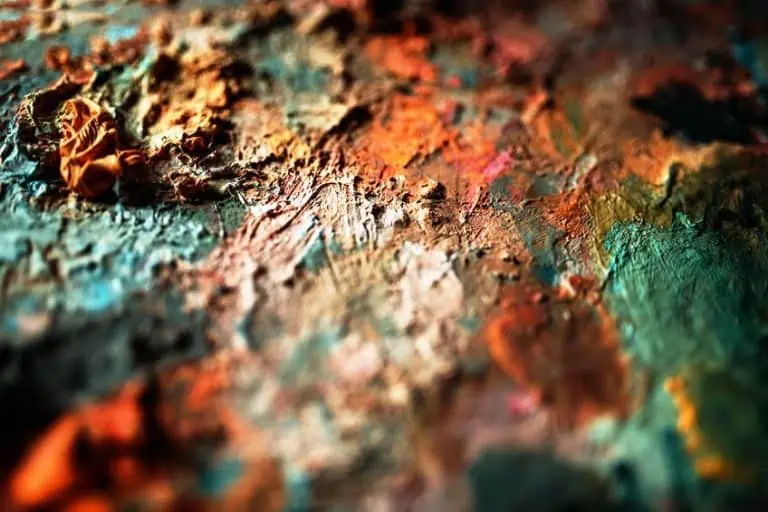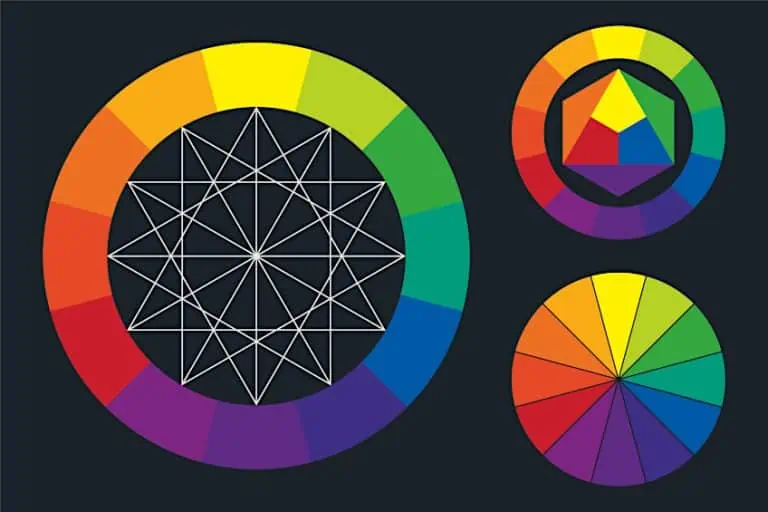How to Make Brown Paint – Learn What Colors Make Brown
This post may contain affiliate links. We may earn a small commission from purchases made through them, at no additional cost to you.
A brown color palette may not sound all that appealing when you have so many other bright and wonderful colors. However, brown is an essential part of painting and is needed to bring life to subjects like hair, wood, and is a frequent color found in nature. Shades of brown can also create a fine progression from light to dark bringing a sense of realism to any art piece. Because a brown color palette is so intricately linked to the natural world it, therefore, can signify strength and warmth. Next, let us discover how to make brown paint and the colors involved in creating this common yet versatile color.
Table of Contents
- 1 What is a Brown Color Palette?
- 2 What Colors Make Brown?
- 3 What Two Colors Make Brown?
- 4 How to Make Brown Paint Lighter or Darker
- 5 How to Make Brown Appear Warmer
- 6 Mixing Brown Paint for Acrylic Painting
- 7 Mixing Brown Paint for Watercolors
- 8 Why Learn to Mix a Brown Color Palette
- 9 Frequently asked Questions
What is a Brown Color Palette?
When you think about the color brown, does an image pop into your head that represents the color? Maybe you think of wood, somebody’s eye color, or your garden outside. Brown is a vastly general term for a color that has many shades and intensities. Also, everybody sees color differently, so it can be subjective. You can get a light brown color and a dark brown color, or colors that fall in-between. Brown paint can also be referred to as warmer or cooler but since its base colors are yellow and orange it tends to be known more as a warmer color.

When it comes to describing colors, it can be measured in three ways:
- Hue: This is the most dominant color groups, for example, the primary hues are red, blue, and yellow
- Color Value: Meaning the lightness or darkness of a color or shades of brown
- Intensity or saturation: How vibrant is a color or dull/grey
So, you can change the value of a color by including a white or black color. To alter the intensity to make it brighter or duller, you can mix a color with its complementary color. As you can see, how to make brown is not as straight forward as you might think.
What Colors Make Brown?
There is more than one way to make brown paint, and you can do it by understanding the various types of colors. It is amazing the different colors there are and to take it even further, the numerous shades, and intensities you can get. You can view the types of colors on a color wheel, which is a basic illustration of color hues in a circular form. The color wheel can reveal the relationship between the different types of colors namely the primary, secondary, and tertiary or complimentary colors. Understanding all of this can help you to create unique and extraordinary art pieces.
Primary Colors
When you purchase a painting kit, you should at least find you have the primary colors available. These are red, yellow, and blue and with these, you can create a variety of different colors including brown. By combining all of the primary colors using equal amounts, is the simplest way of creating brown.
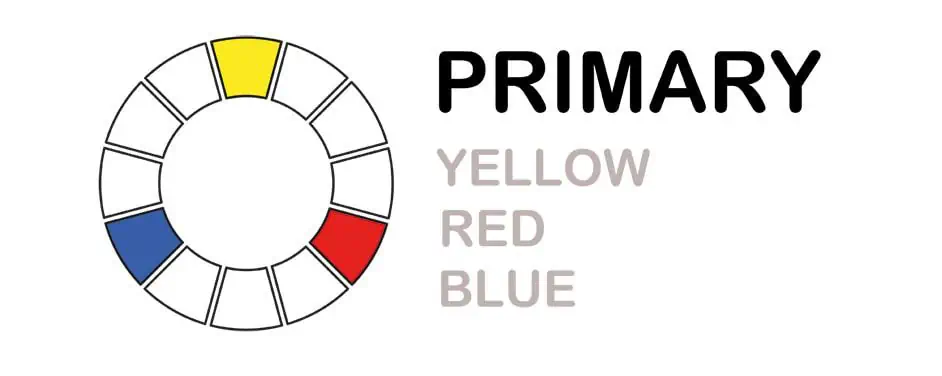
To create a light brown color, in this case, you can make use of some opaque white. The hue and shades of brown are determined by the proportions of colors added. So, you can get quite a variety of brown color options from light to dark brown, green-brown, red brown, all depending on the number of paint colors added.
Secondary Colors
Your secondary colors are simple enough to create by combining the primary colors, so you will ultimately get your greens, purples, and orange colors.
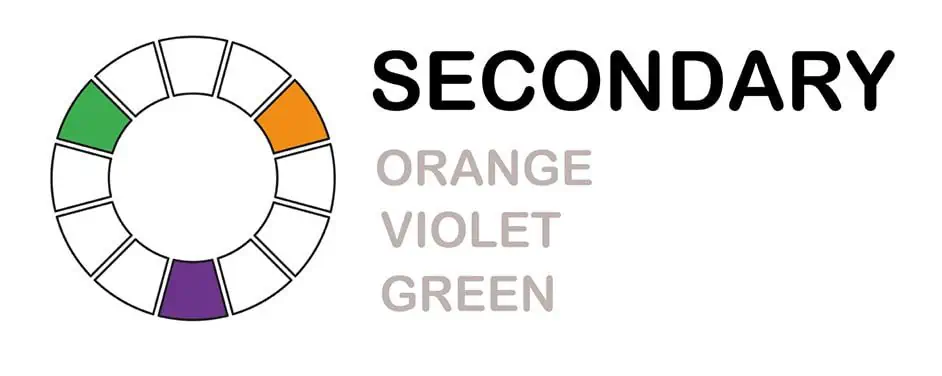
Creating your secondary colors:
- Yellow plus blue will give you green
- Blue plus red will give you purple
- Red plus yellow will give you orange
Complementary Colors
When looking at a color wheel you will be able to discover colors that complement each other. These are usually found on opposing sides of a color wheel. So, not only can you combine these complementary colors to create brown, but they can also be used to determine the intensity of a color. You can, therefore, combine different complementary colors to create various browns.
Your complimentary colors for your basic primary colors on a color wheel include:
- Blue is across from orange
- Red is across from green
- Yellow is across from purple
Mixing these colors will create diverse shades of brown.
When it comes to the secondary colors of green, purple, and orange, the complementary color is the primary color not in use. For example, the complementary color for green is red (yellow and blue make green, which leaves the color red).
The other secondary complementary colors are:
- Purple and yellow
- Orange and blue
The above describes all your basic colors but there are many color gradients in-between these colors. However, it does not matter what the shade or intensity is, the color found opposite it will always be its complementary color.
What Two Colors Make Brown?
Maybe you do not have all the paint colors and only have limited supplies. Can brown be made from the secondary colors? The simple answer is yes, however, you have to have a basic understanding of how to mix colors. So, what two colors make brown? We have already discussed what primary; secondary and complementary colors are. Next, we will be looking at what colors make brown using only two colors that are not primary colors. Here you will have to mix a secondary color with its complement.
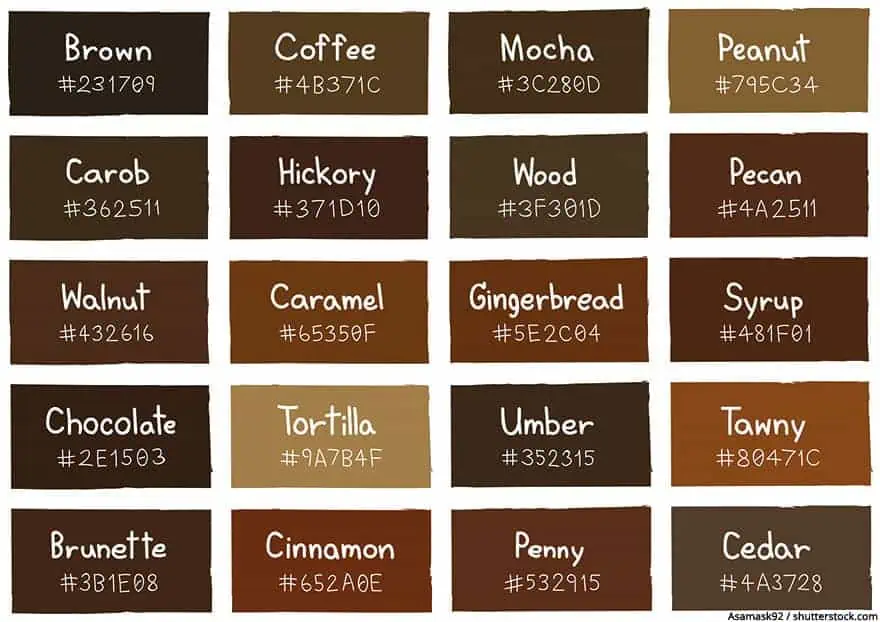
What colors make brown, here are some examples:
- If you have purple, a secondary color, this is combined with its complementary color yellow
- Green can be combined with red
- Orange can be combined with blue
Once you have your color, if you want to make a light brown color, mixing some opaque white color should do the trick.
How to Make Brown Paint Lighter or Darker
To create a light brown color using primary colors, place equal amounts on your palette. Combine the red, blue, and yellow colors using a palette knife or your brush until it reaches a brown color. You can include a tiny amount of white to make the brown lighter. Only add tiny amounts each time until you get the right color.
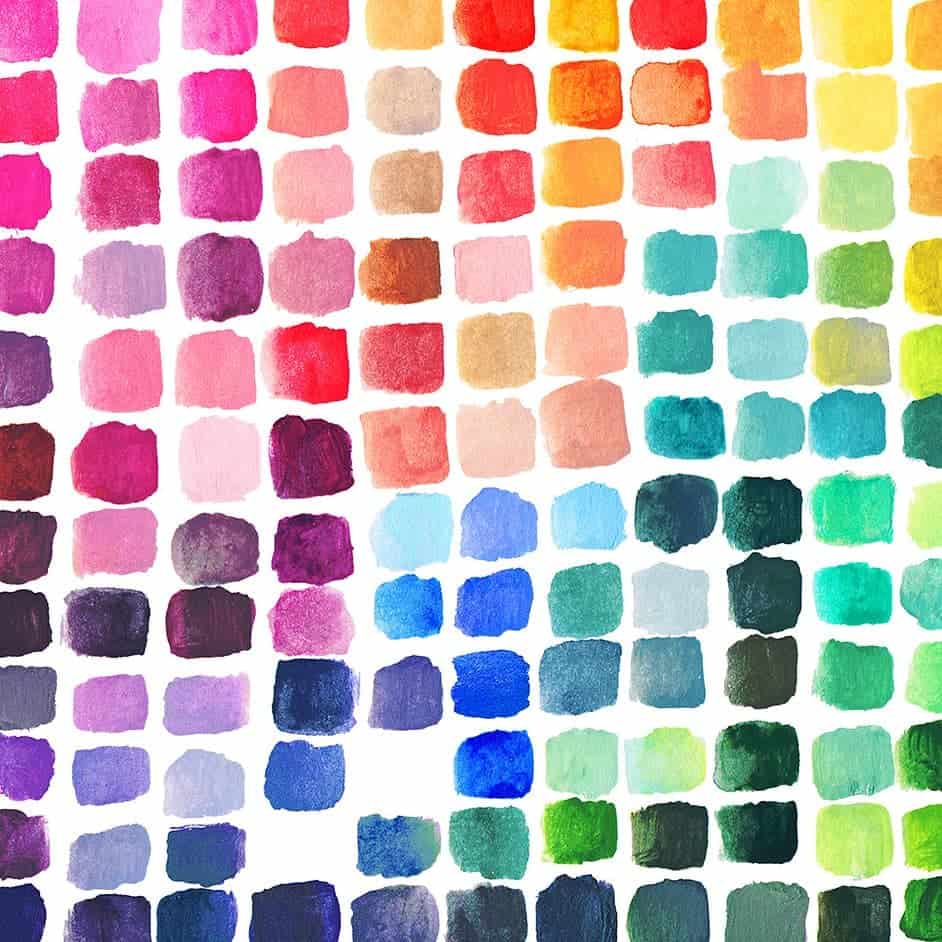
Many will recommend using black paint to create a dark brown. Black is not part of the primary color group but is nevertheless included in most color paint sets. Again, only use a small amount to get the darker brown color you want. You do not want to add too much, as you cannot go back a step and will have to start over. If you are looking to create more of a chocolate color, you might want to consider using dark blue paint instead. This creates darker browns that are much better for evening scenes. Some recommend using Dioxazine Purple or Ultramarine Blue to create nice cool dark browns. You can also try to mix different shades of brown; you may just come up with new and even better subtle brown shades.
How to Make Brown Appear Warmer
Believe it or not color also has a temperature and in painting, it is important to understand this to create mood and depth. In most cases, your oranges, reds, and yellow colors are considered warm colors, while the green and blue colors are cool. You can use this idea to create different shades of brown, for example, if you add in a little bit of yellow or red color, this should give a warmer color tone. This can be used to create bolder colors for painting outdoor scenes. Always blend your colors gradually until you reach the color you are looking for. However, if you do add a little too much red, you can try and add some blue to balance it out again.
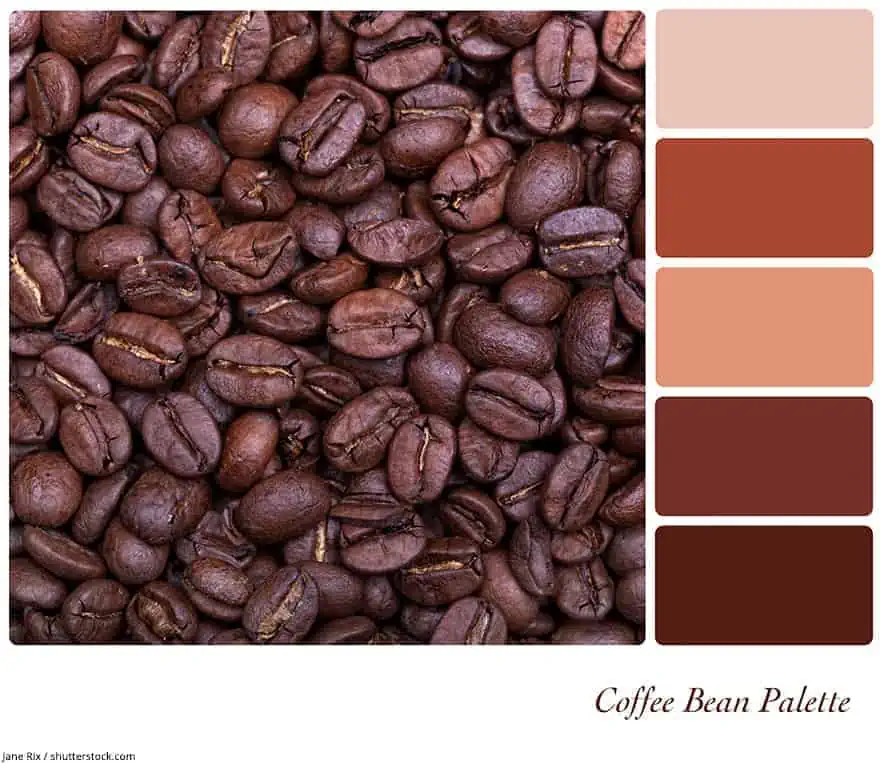
This brings us to adding blue to your palette to create a cooler color. This will darken your color and can be used for shadows, perfect for forest scenes. Again, you can adjust brown colors that are leaning too much towards the cooler side by adding small amounts of yellow or red color.
Mixing Brown Paint for Acrylic Painting
The color brown is an essential color in acrylic painting and can be used for a variety of purposes including creating trees, skin color, hair, and shades of color for different purposes. The process is quite simple when using primary colors and will give you a lot of room to customize your painting. This is an excellent example for beginners, as all supplies are easy to get.
You will need:
- Paintbrush/s
- Palette
- Palette Knife
- Surface to test your colors
- Water and kitchen towels
- Acrylic paints: Primary colors and opaque white
Place equal size dollops of red, blue, and yellow paint onto your palette with spaces between them. You can also add some white paint. Take equal amounts of primary paint colors and mix these with your palette knife. You will notice it begins turning a muddy brown color. This might vary, as it depends on what hue you are using. Once the colors have been combined and you have the brown color, take a little bit of white and mix it in. Only use a small amount, which will give it a lighter appearance and will help to make the color go further on the canvas.

Go ahead and begin painting if it is the color you want. In many cases, you might need a different shade or intensity of brown. You will have to then adjust the color accordingly by adding more of the primary colors and the white until you reach the desired color. You can play around with this on your test surface before painting on your canvas piece.
This is only a broad guide to aid you in understanding how to make brown paint. However, since there are so many different shades of brown there will not be enough space in this article or ten articles to cover all of them. So, a lot of it will be experimentation on your part, discovering and learning new ways to create beautiful colors.
Mixing Brown Paint for Watercolors
When using Watercolors, you can mix your shades of brown on the tray or you can use a plate. Take some water and make a little puddle in the tray and then add your color, you can also mix two or three other colors in as well. Make sure to create a wet patch that will cover the area you want to paint. Experiment as much as you need to, to get this right. You might also need to test your color first before adding it to your painting. It is best to mix as you paint, as you do not want the paint to dry and the colors will then not mix.

Some painters even mix the watercolors in the painting they are working on instead of on a tray or palette as with acrylics. This means if you make a mistake, the painting could be ruined. So, this method should most probably be left to the more experienced artists. You can use orange paint, which is your red and yellow combined, and add blue to it. This should give you a brown color but there are many forms of colors out there, so you should try as many as you can to see what results occur. For example, Ultramarine blue is a good color for darker browns, while Cerulean blue should give you a lighter color.
If you find that the brown you have created is too blue, you can add some orange or red to form a caramel or honey color. Is the brown too yellow? Think of adding some red or purple for a richer color. When it comes to a brown that might be too green, add a little bit of red. Over time, as you gain more and more experience, you should be able to create brown or any color you need.
Why Learn to Mix a Brown Color Palette
When you start painting, you might experiment quite a bit, or just hope for the best when you mix colors. However, there are benefits to learning proper techniques when mixing browns and other colors.
- You waste less, you can get a wide range of colors with a basic set. This can save money, as you will use all the paint
- You cannot paint realistically if you do not know how to mix your colors
- Sometimes you will not get the color you want in a tube
- The process will help you become a better painter
- Improve problem-solving and creative thinking skills, not only for adults but kids can also benefit from learning to mix colors
When mixing browns and other colors, to make things easier, you can use a color wheel. You do not have to go to the shop to buy one, as you can simply download an App these days, or go online to find one.
View our What Colors Make Brown web story here.
Frequently asked Questions
How Can I Create Brown Color?
To create brown, you need to blend colors. You can do this by blending all the primary colors. You can also get brown from combing secondary colors with their complementary colors.
What is a Complimentary Color?
When you look on the color wheel, you will notice the colors have opposites. For example, the opposite or complimentary of red is green.
Can Brown be Considered a Warm or Cool Color?
What colors are around the brown can have a profound effect. If the brown is next to blue and the hints of color match, then it can be seen as a cool color version. However, brown is naturally a warm color, as its foundation comes from orange and yellow tones.
What Can I do to Turn my Caramel Color Into Dark Brown?
First, combine green and red which will give you a dark brown. Add this to your caramel color a little at a time until you come to the color you want.
Can I Make Gray Into a brown Color?
To make a brown, add some yellow, red, and blue to it. Experiment with your color to reach the color you want, as it may appear slightly dull at first.
I Want a Light Tan Color, How Can I do This?
Create your brown color and once this is done, you can add a little yellow and maybe some white.
Duncan graduated with a diploma in Film and TV production from CityVarsity in 2018, after which he continued pursuing film while taking on a keen interest in writing along the way. Since having graduated, he began working as a freelance videographer, filming a variety of music videos, fashion and short films, adverts, weddings and more. Throughout this, he’s won a number of awards from various film festivals that are both locally and internationally recognized. However, Duncan still enjoys writing articles in between his filming ventures, appreciating the peace and clarity that comes with it.
His articles focus primarily around helping up-and-coming artists explore the basics of certain colors, how these colors can be paired with other shades, as well as what colors are created when you mix one with another. All while relating these shades to historically significant paintings that have incorporated them into their color palette. As a lover of the arts himself, he takes great interest in the Renaissance era of paintings, an era that has directly inspired many of his favorite films.
Learn more about Duncan van der Merwe and about us.
